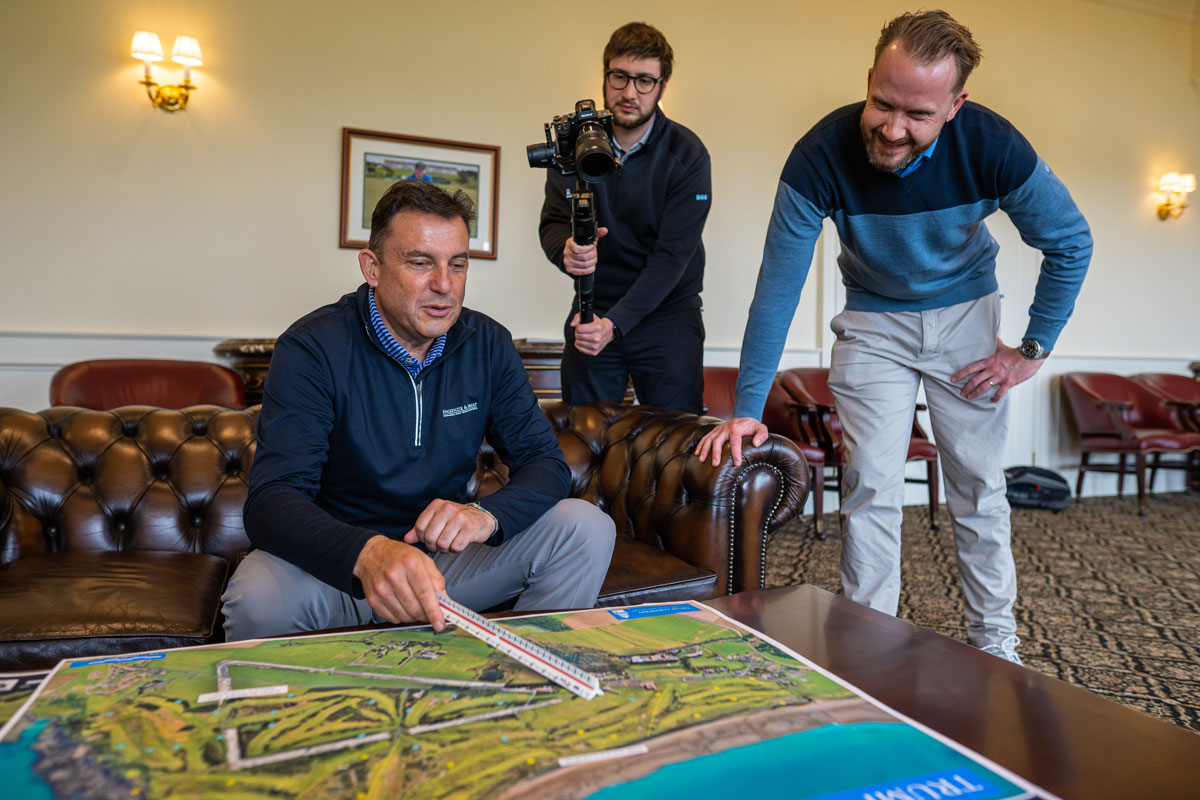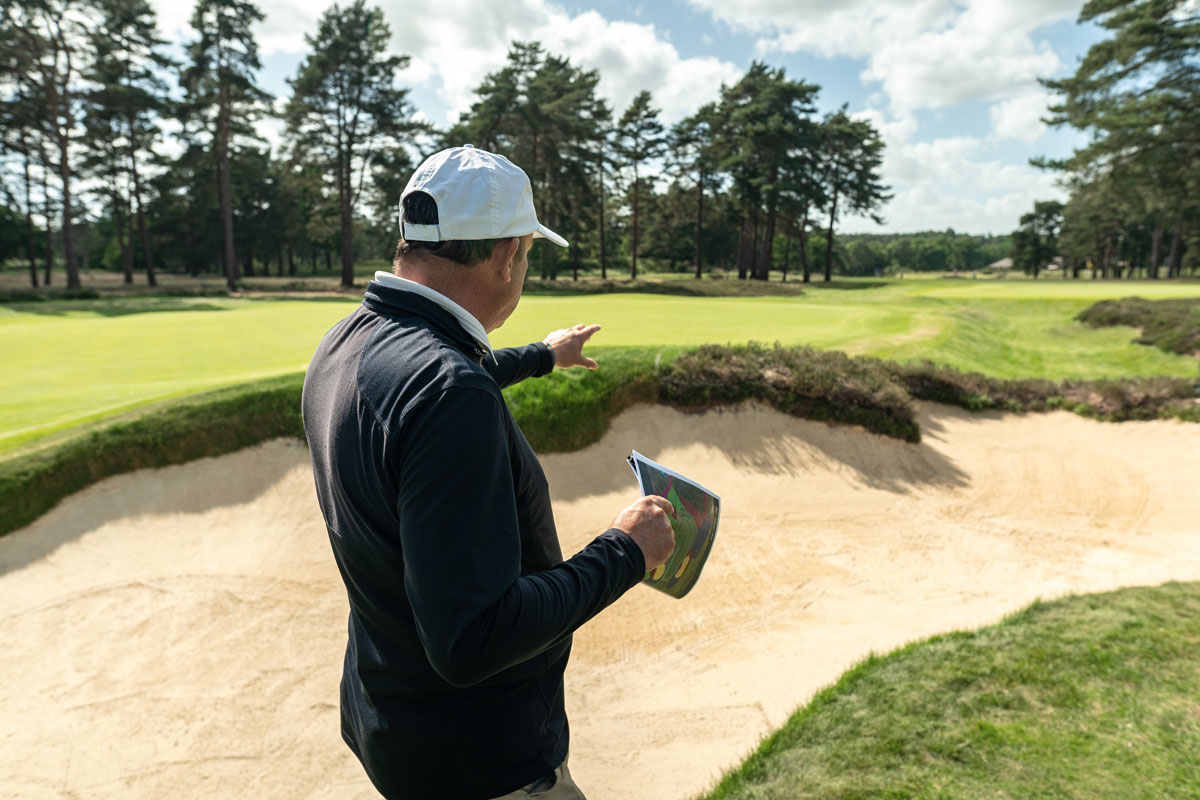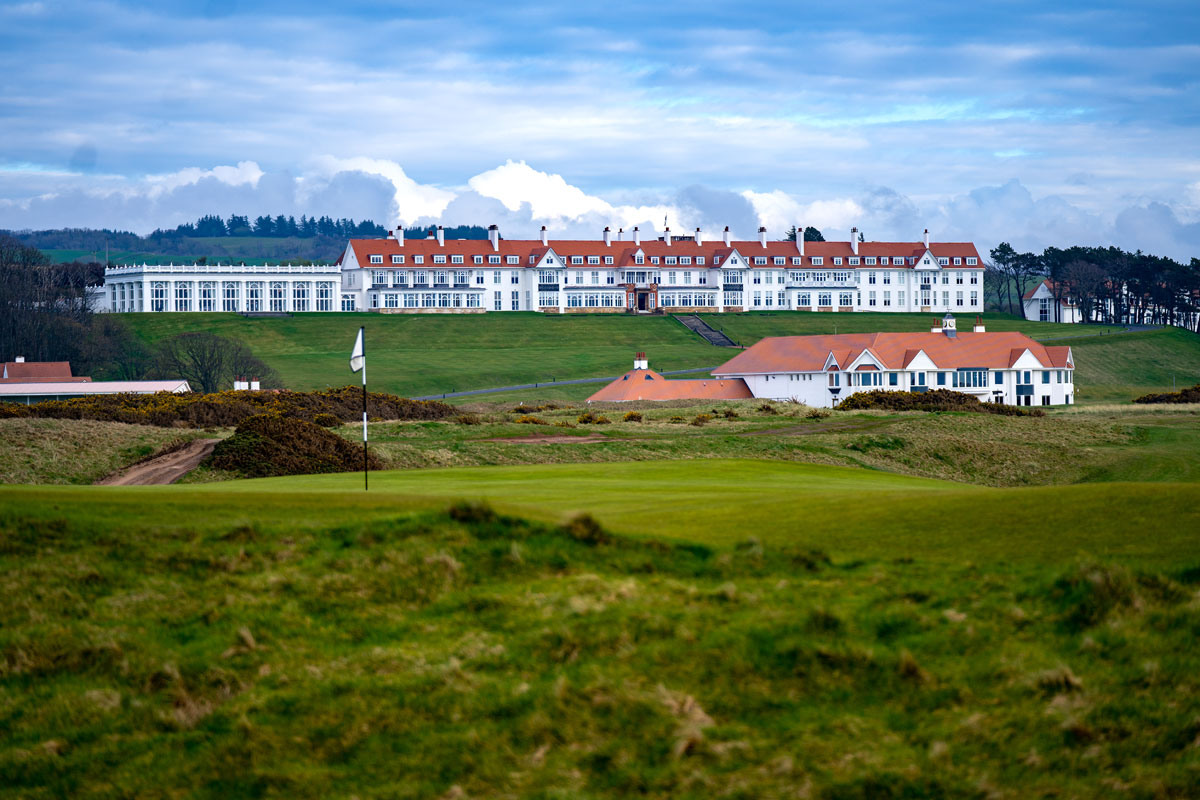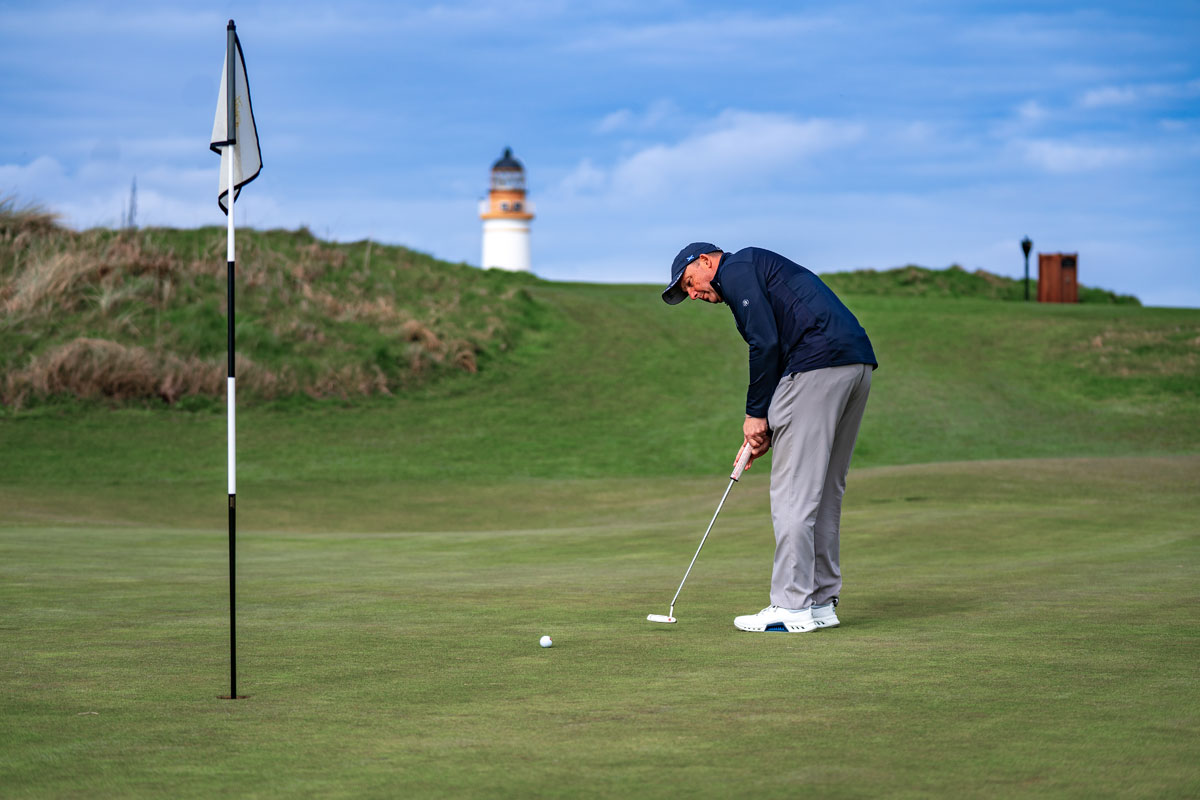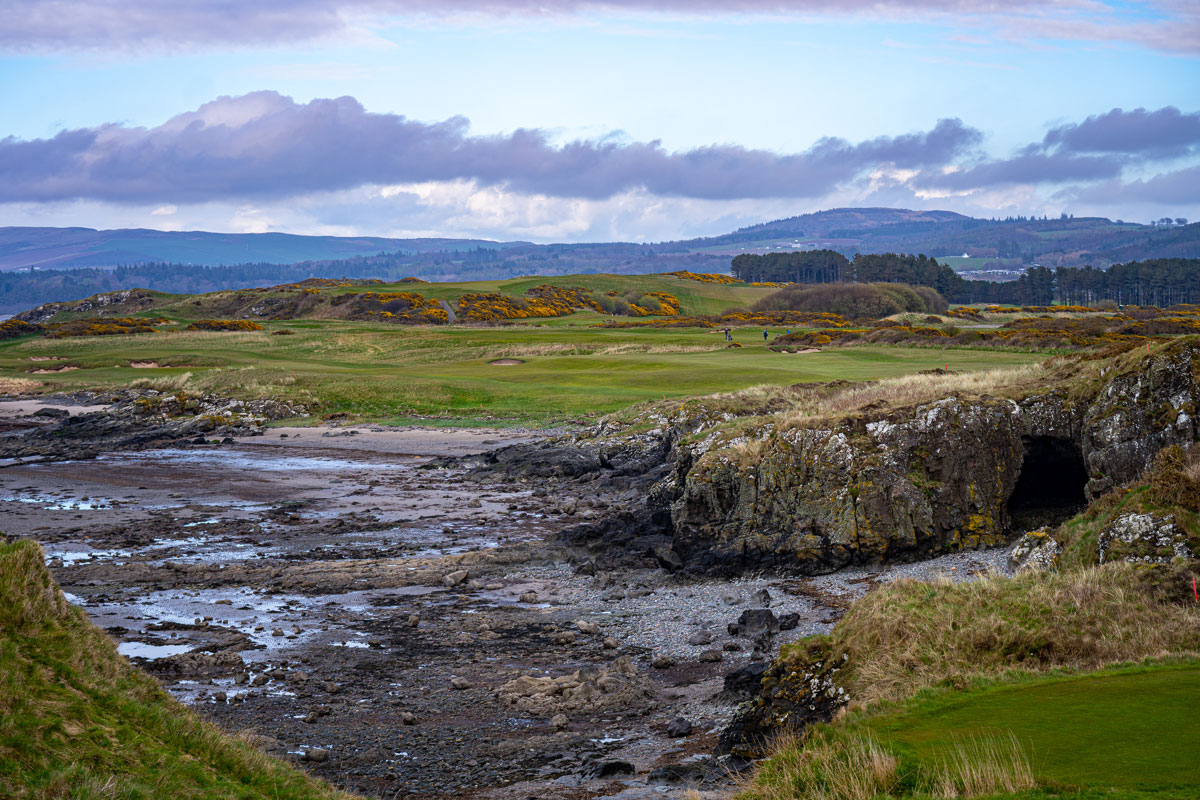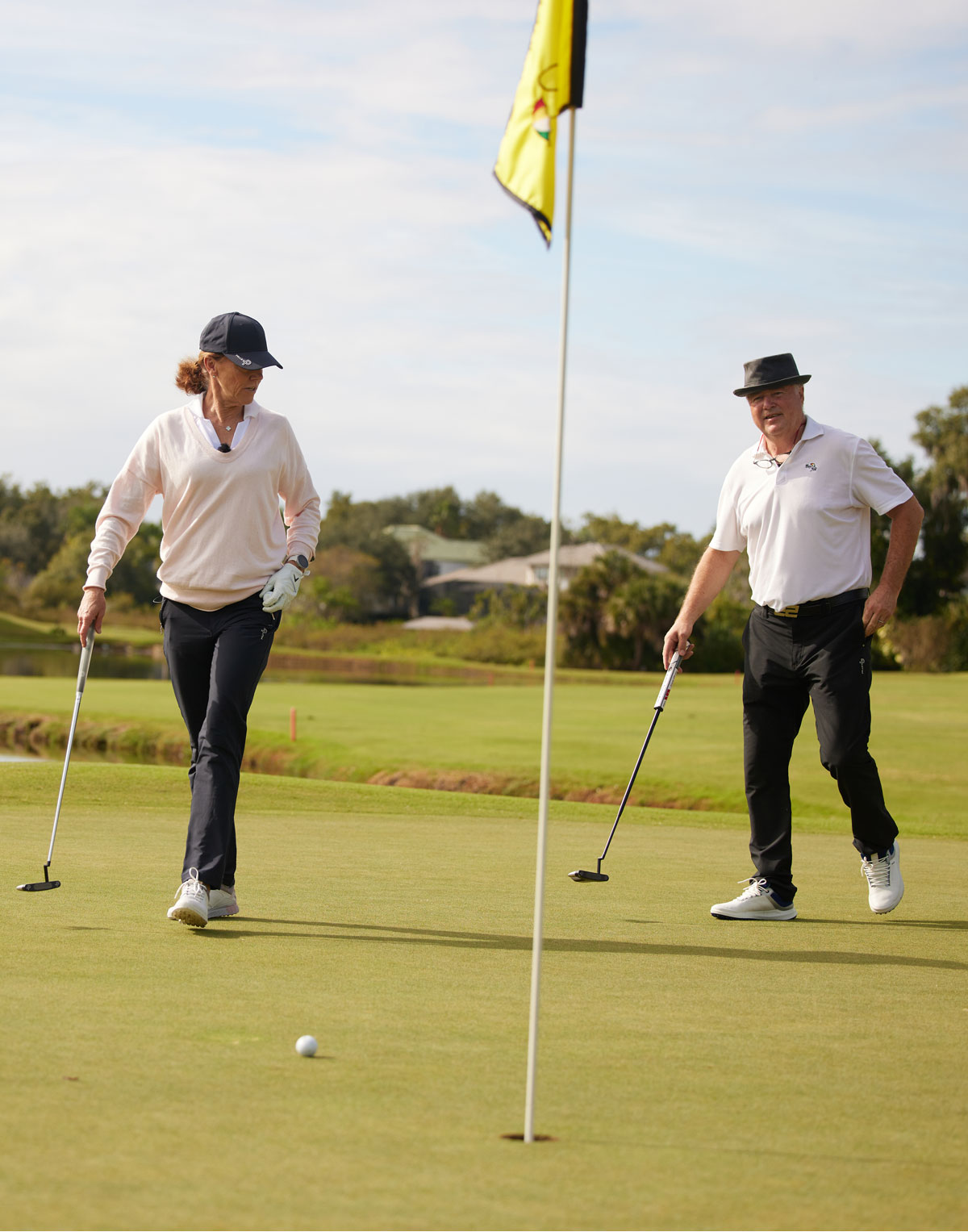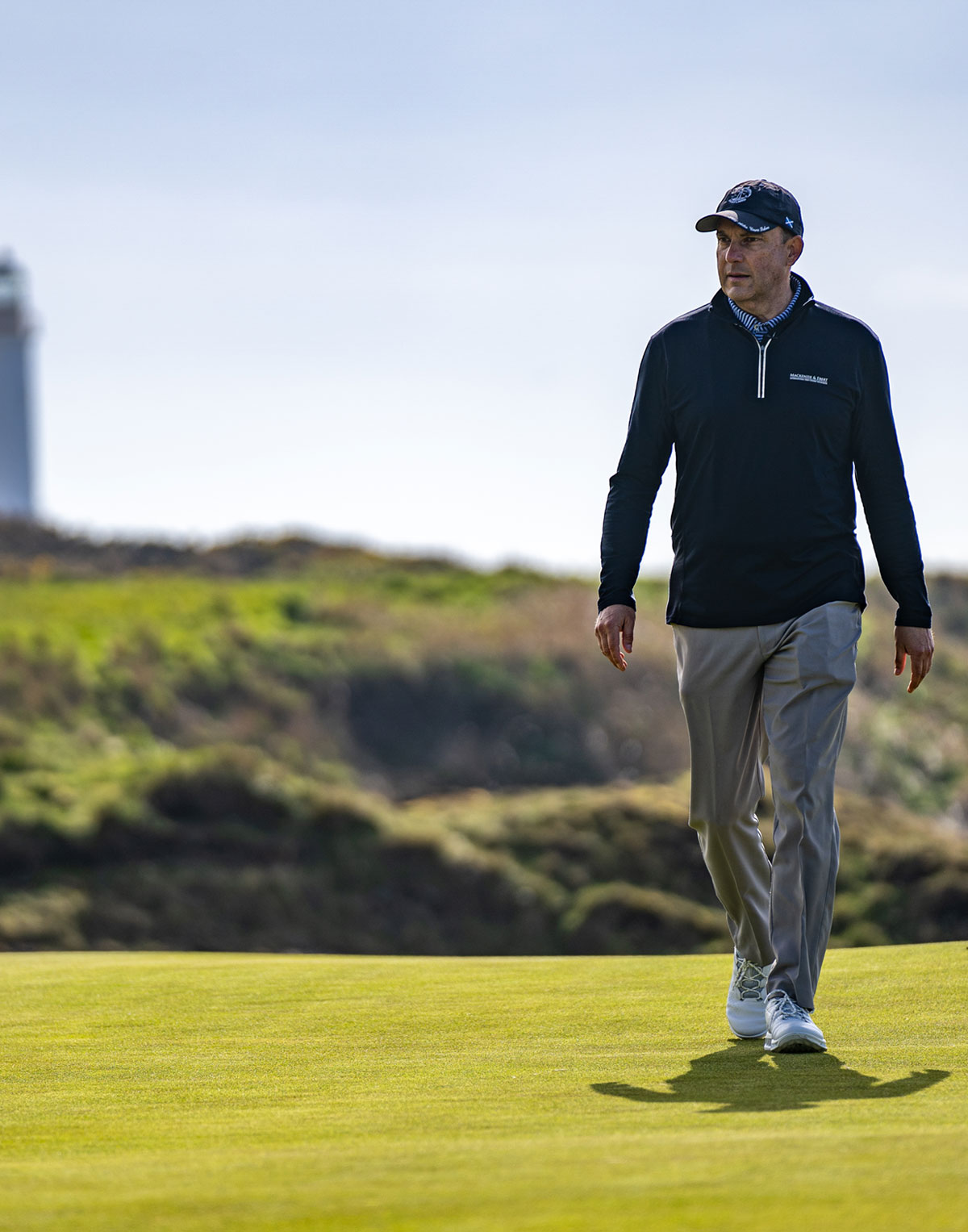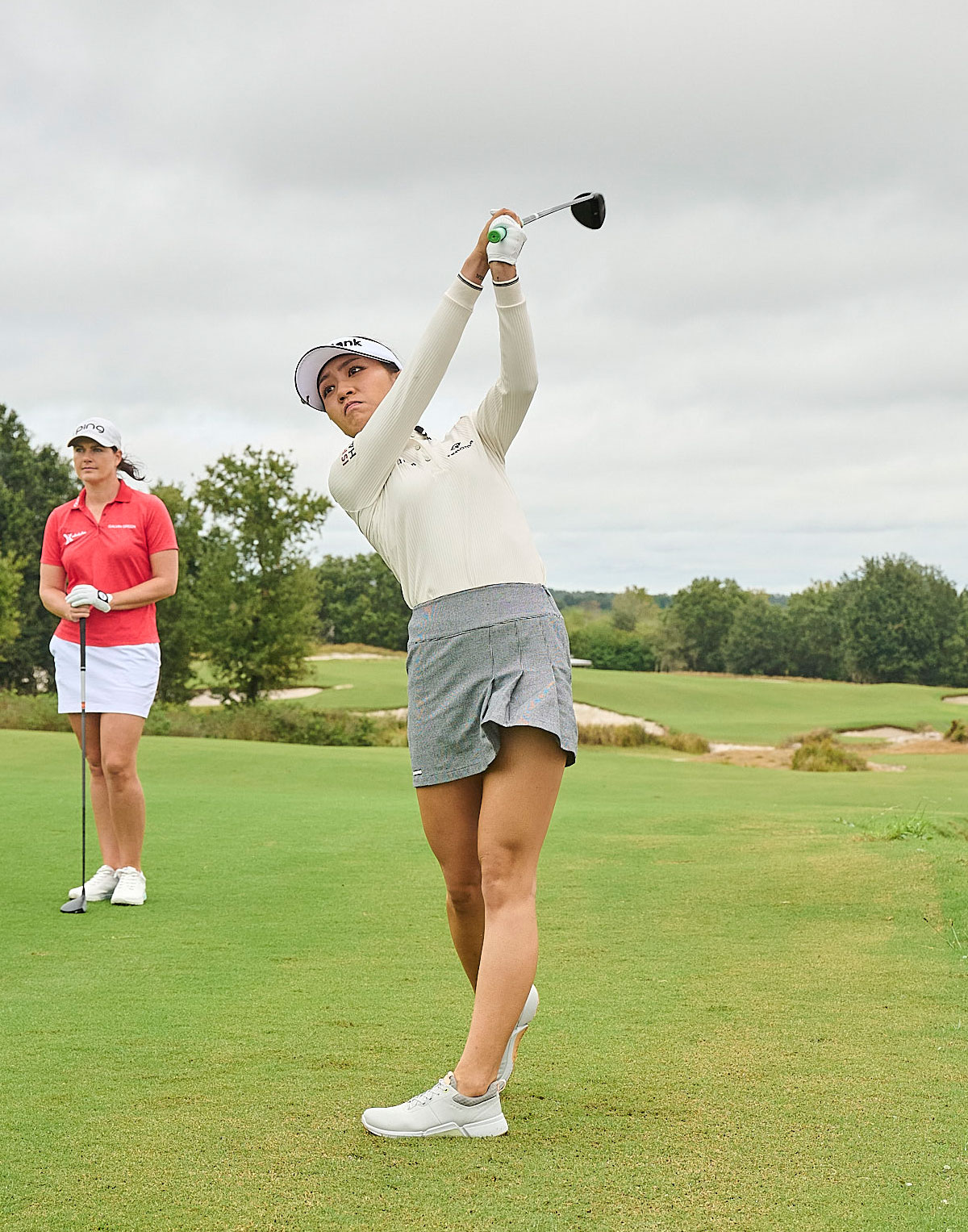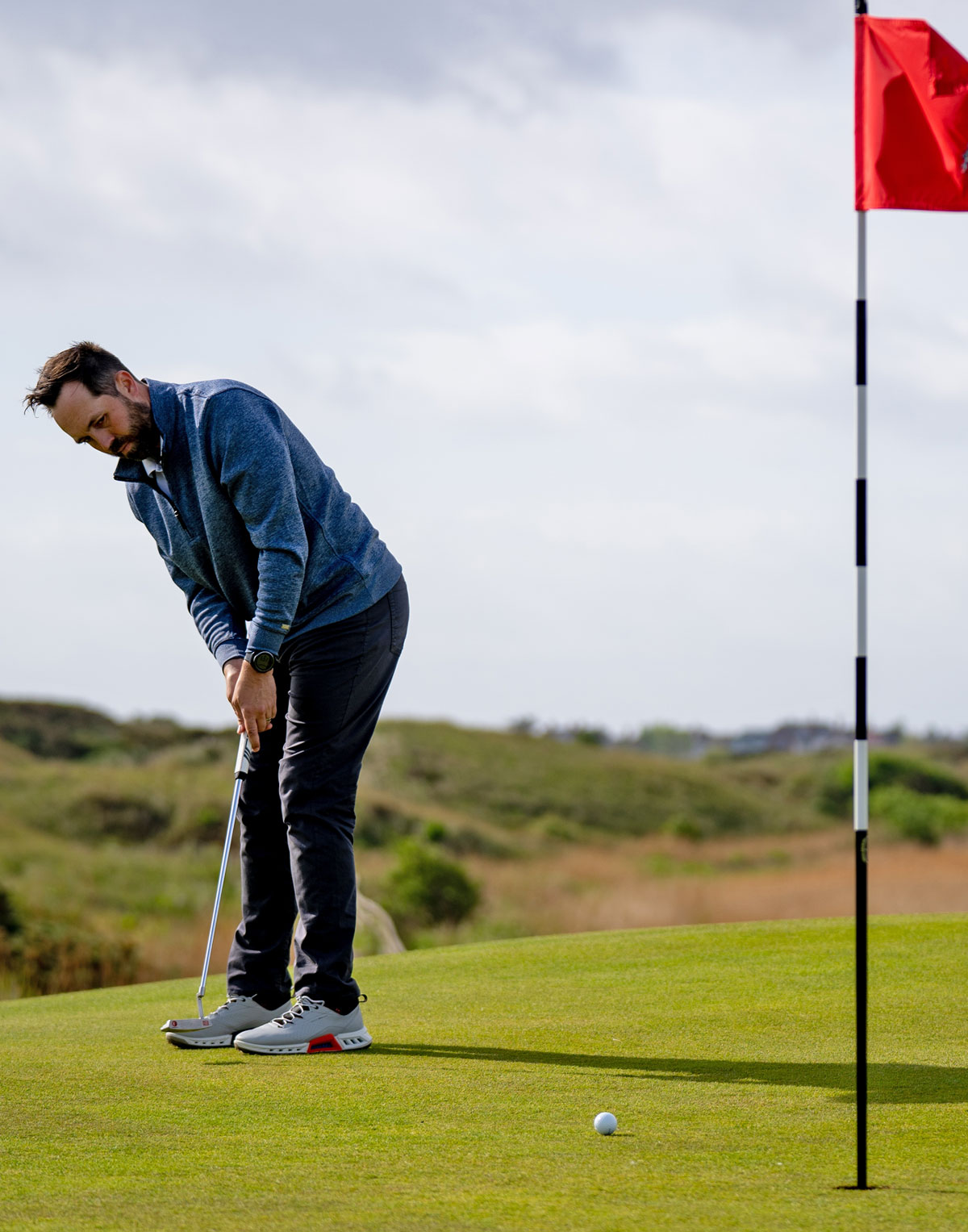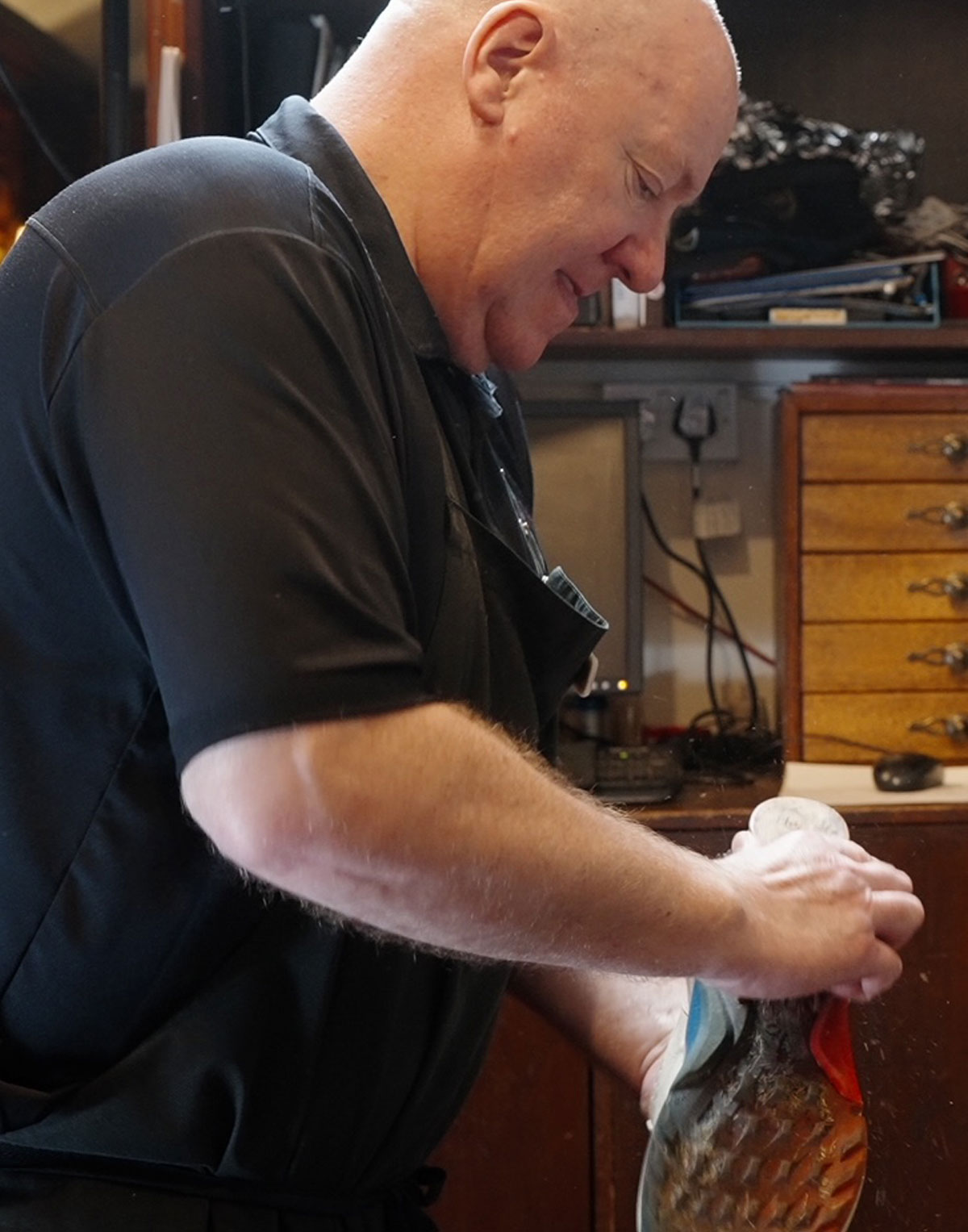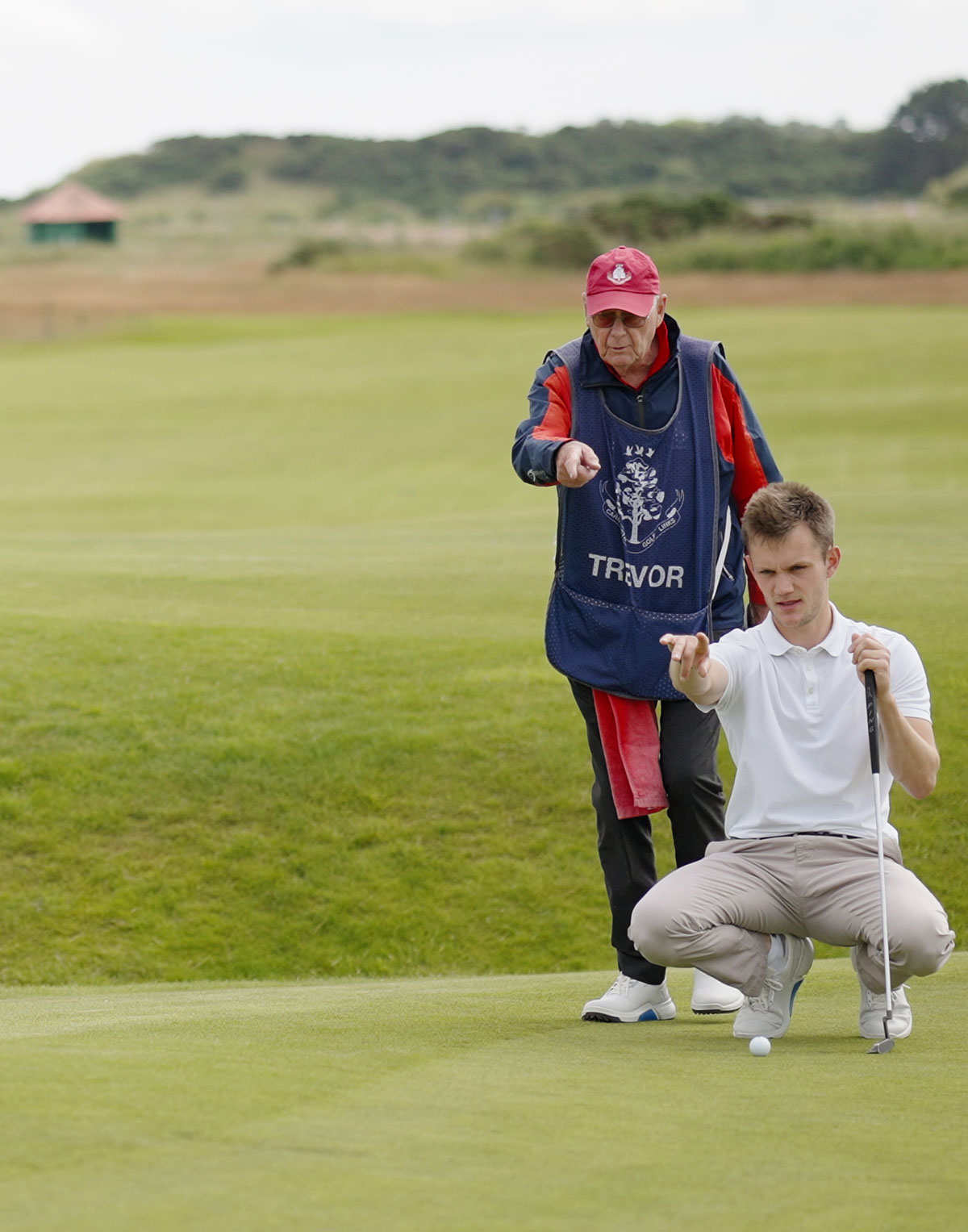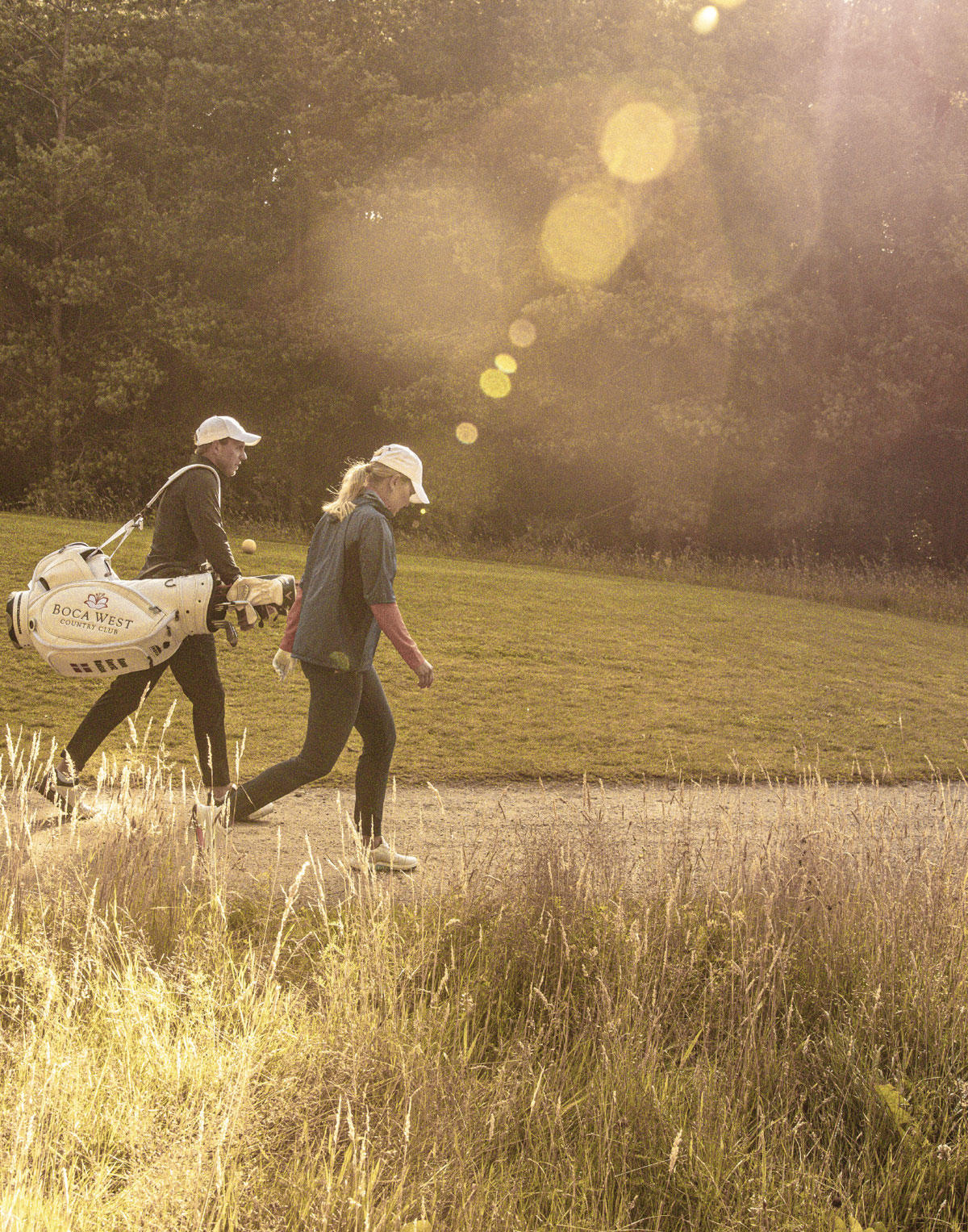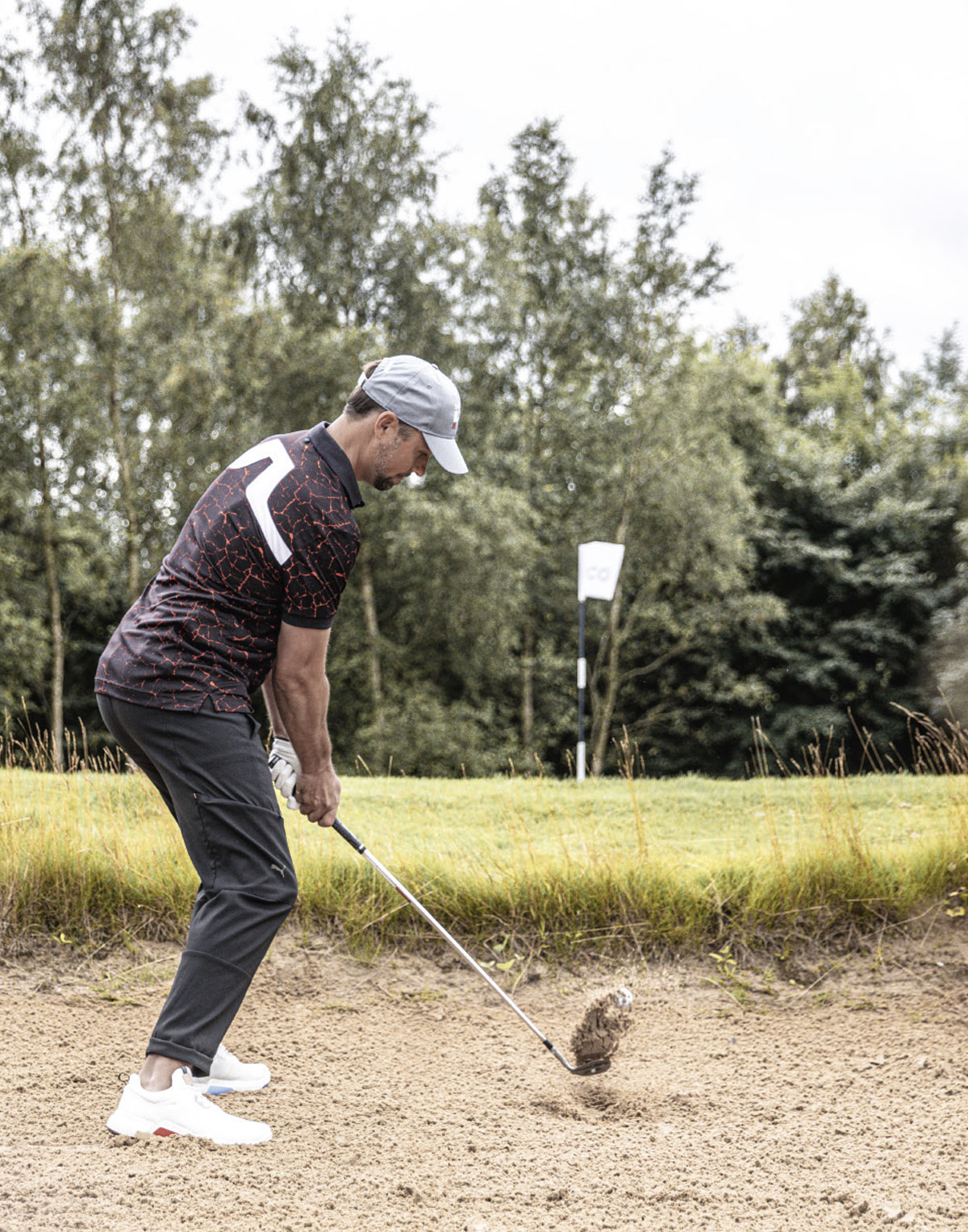
From an emotional sense and what it’s meant to my life, golf has been more than just a game.
Martin Ebert
Golf course architect Martin Ebert
As one half of the world-renowned golf course architect duo, Mackenzie & Ebert, Martin Ebert has overseen the design and development of some of the world’s best golf courses.
With over thirty years of experience in the industry, working not only on new courses but also advising the acknowledged classics, Martin has advised seven out of the ten Open Championship venues in the last two years and is a true master of his art. Here, he tells us why golf is More Than A Game to him.
“Golf is more than a game to me, because on a practical sense I suppose it’s been my career, that’s how I made my living. But from an emotional sense and what it’s meant to my life, the travelling around the world has been an incredible experience, as has meeting so many varied and interesting people - from the most humble all the way out in Sri Lanka where we designed a new course, all the way through to meeting some influential people in the world of golf. It’s been more than just a game.
“Golf is more than a game to me, because on a practical sense I suppose it’s been my career, that’s how I made my living. But from an emotional sense and what it’s meant to my life, the travelling around the world has been an incredible experience, as has meeting so many varied and interesting people - from the most humble all the way out in Sri Lanka where we designed a new course, all the way through to meeting some influential people in the world of golf. It’s been more than just a game.
“I had no family history of playing golf, it was really watching it on television thinking ‘that looks like a decent game, I’d like to have a go at that.’ My mum and dad bought me a £10 set of second-hand clubs and that thrill of hitting a decent shot I guess grabbed me at that point. From then on it was off to university and getting some university team golf in. So that was a great start I suppose in appreciating great golf courses and great landscapes.
“As a youngster when I started playing the game, I do remember drawing up these, sort of, plans before I had any inkling of becoming a golf course designer. When I wasn’t playing golf at university I was studying the discipline of engineering - I enjoyed the plan drawing side of that which has fed through into what I do now.

“As a result, that is now the way that we carry out our designs; we define things very accurately with contours, we play with the excavator of our minds in terms of visualising what we want and putting things down on paper. That’s not to say that we don’t make some adjustments after that, but we very much want to define things with as much accuracy as we can, and that background in engineering has certainly stood me in good stead for that.
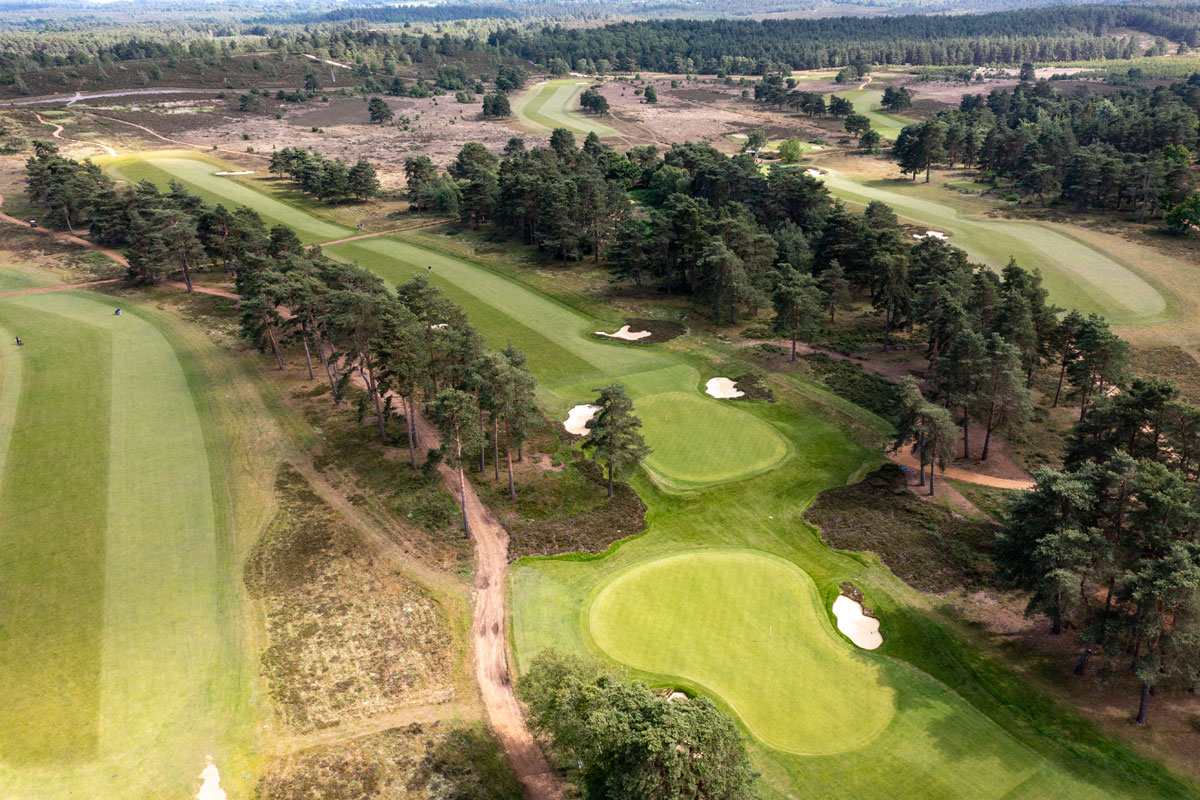
“I’ve been fortunate in advising a number of championship venues, a number of open venues, so it's so important in that respect to ensure that the test is going to be appropriate for the world’s best golfers. Achieving a balance between the worlds’ best golfers’ enjoyment, and everyday golfers’ enjoyment is not the easiest thing in the world, but I think it is possible. We don’t want to make these championship venues impossibly difficult; it should be an arena where the world’s best can show their skills and can provide everyone with birdies and eagles, as well as having the challenges of producing double bogeys and worse potentially.
“Getting that right for the everyday golfer, and that’s who will be playing the course 99.9% of the time - how can we do that? As long as landing areas are big enough, but there are features within those landing areas that you have to flirt with to get the best line into a green, for instance. In general, we want to give people options to play, to have different routes available to them, to include a bit of thinking as well as the physical act of playing. We want people to be standing on tees thinking ‘what should I do to play this hole?’ rather than being told exactly what to do.
“When fairways have become so narrow on certain courses, you’re saying that you’ve just got to hit it in one place, especially with penal bunkering - does it take the driver out of peoples’ hands completely? We’d like to have holes where people do different things from the tee, they take different clubs.
“When it comes to our general philosophies of design, we think it’s so important when working on a landscape to blend things into the landscapes. We’re fortunate to be able to work on some really lovely pieces of ground - it’s difficult to make it look completely natural; links land is probably the easiest to do that and to fool people that everything is 100% natural.
“But you don’t get bunkers in an inland setting very often, only occasionally you do with really sandy sites, so we are trying to make things look as natural as possible. Having said that we do want people to understand the changes that have been made, but they should still fit the overall 18 holes and not feel like they’ve just been added on; when it comes to old courses then it’s a case of making it look more old fashioned than modern and machine made. We want to make it look more like a man with a wheelbarrow has produced it, rather than anything that’s too big and bold.
“We like to focus on the detail of the design as we feel like that’s the best way of producing an effect that sits well in the mind of the golfer’s consciousness. What really excites me in this business is standing back when the project is complete and feeling very happy with the result and feeling as though it’s blending with nature. The feeling that golfers the world over, when they come to play the whole of the golf course, really do enjoy their experience.”
“When it comes to our general philosophies of design, we think it’s so important when working on a landscape to blend things into the landscapes. We’re fortunate to be able to work on some really lovely pieces of ground - it’s difficult to make it look completely natural; links land is probably the easiest to do that and to fool people that everything is 100% natural.
“But you don’t get bunkers in an inland setting very often, only occasionally you do with really sandy sites, so we are trying to make things look as natural as possible. Having said that we do want people to understand the changes that have been made, but they should still fit the overall 18 holes and not feel like they’ve just been added on; when it comes to old courses then it’s a case of making it look more old fashioned than modern and machine made. We want to make it look more like a man with a wheelbarrow has produced it, rather than anything that’s too big and bold.
“We like to focus on the detail of the design as we feel like that’s the best way of producing an effect that sits well in the mind of the golfer’s consciousness. What really excites me in this business is standing back when the project is complete and feeling very happy with the result and feeling as though it’s blending with nature. The feeling that golfers the world over, when they come to play the whole of the golf course, really do enjoy their experience.”
